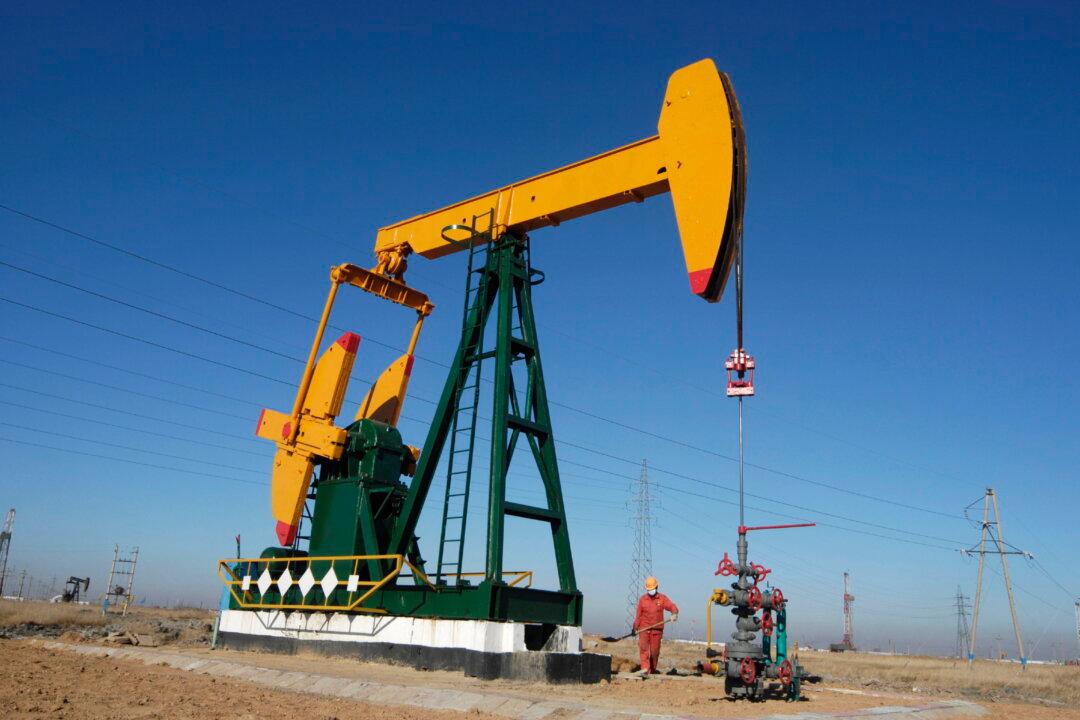LONDON—Oil prices fell around 1 percent on Thursday as concerns eased about shipping disruptions along the Red Sea route, even as tensions in the Middle East continue to fester.
Front month February Brent crude futures were down 90 cents, about 1.1 percent, at $78.75 a barrel by 1141 GMT in subdued trade ahead of their imminent expiry, while the more active March contract was down 69 cents, about 0.9 percent, at $78.85 a barrel.





